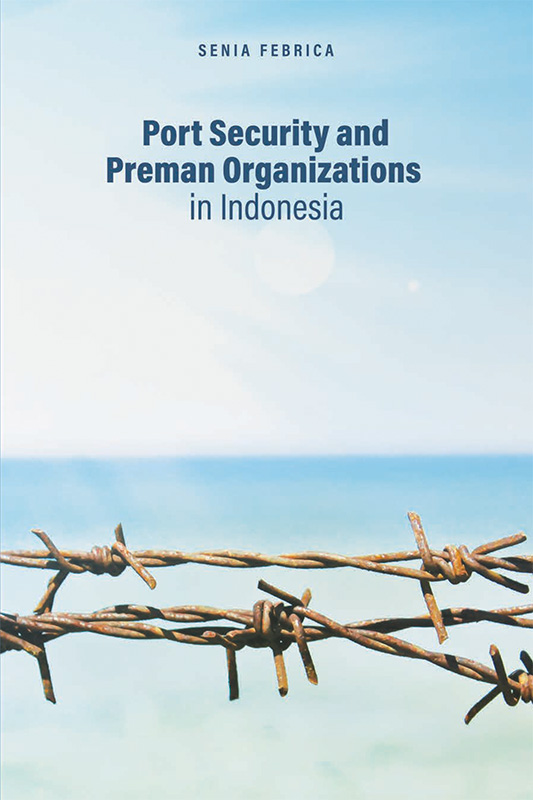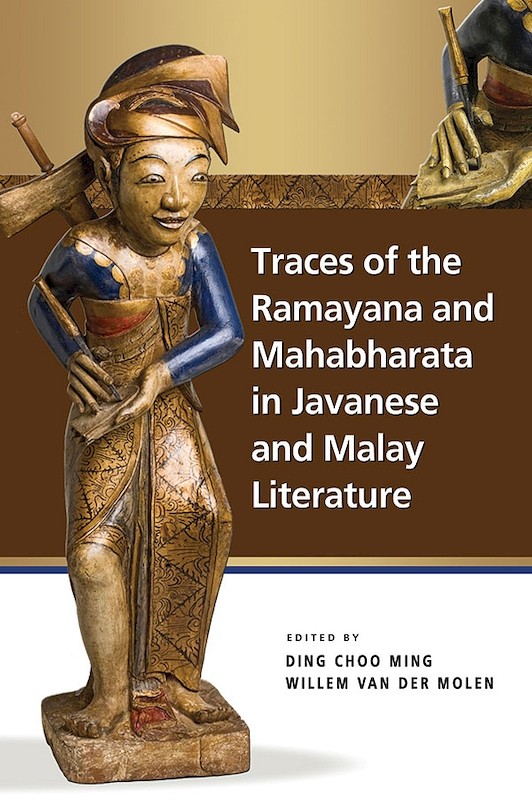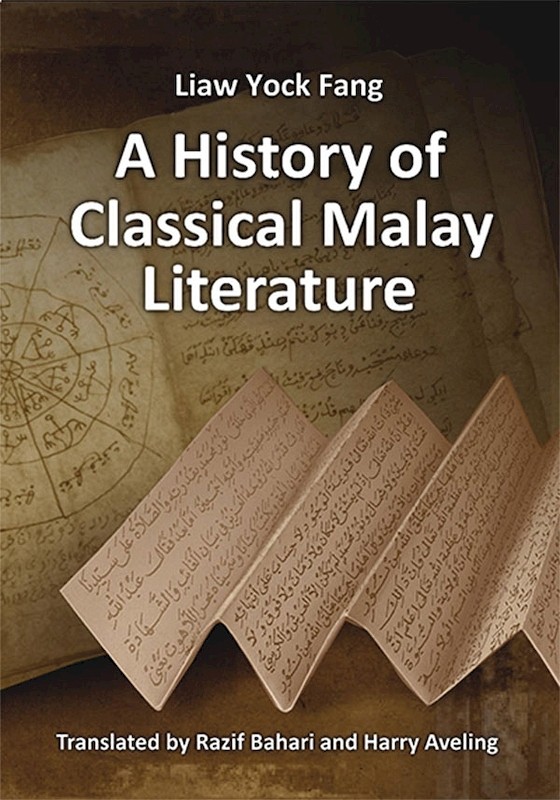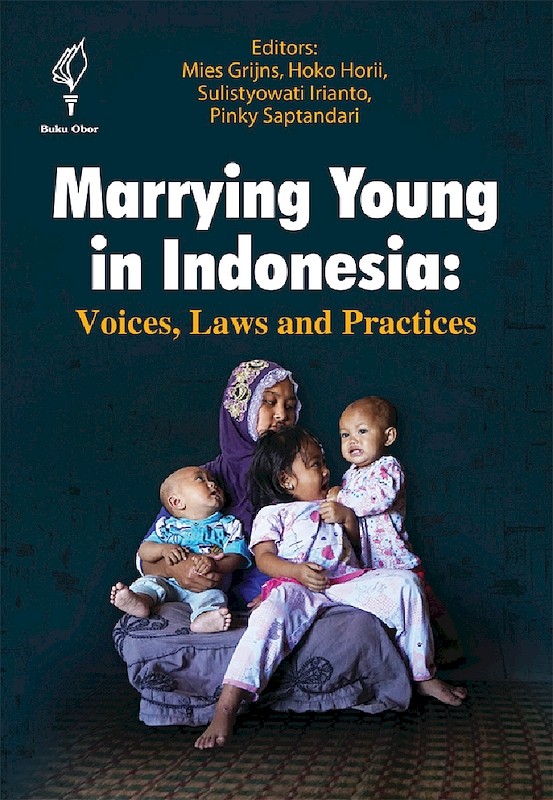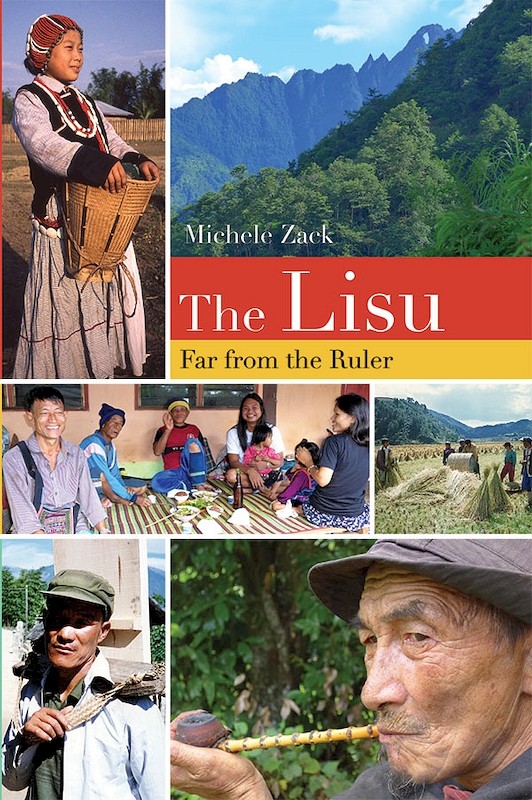A 14th Century Malay Code of Laws: The Nitisarasamuccaya
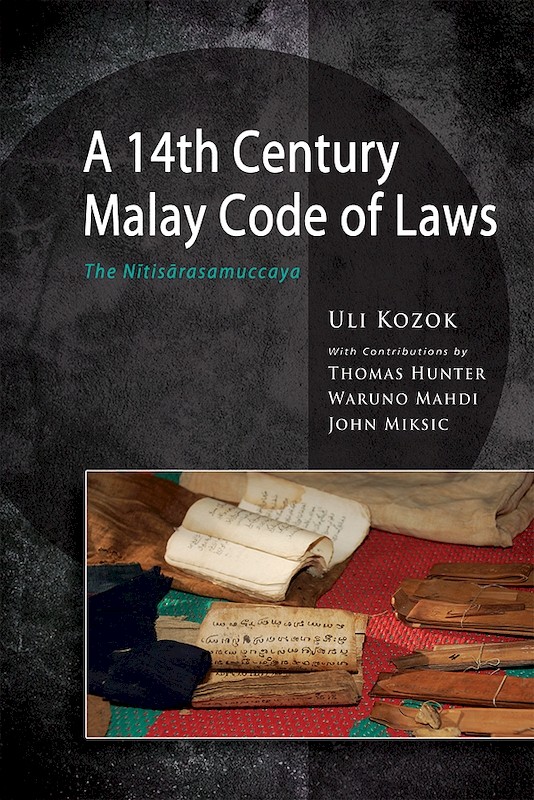
Uli Kozok, author
Date of publication:
2015
Publisher:
Institute of Southeast Asian Studies
Number of pages:
408
Code:
NSC16
Hard Cover
ISBN: 9789814459747
Reviews
Edwin Wieringa, Asian Studies Review, Vol. 40, No. 3, pp. 471-472, 2017.
In 2004, Uli Kozok published an English-language monograph dealing with the same codex, followed in 2006 by a study in Indonesian. Both works involved scholars who are duly mentioned in this book (p.xiii). The present book is much more substantial and seems to be intended as the "definitive" edition, rendering the earlier publications obsolete. Kozok and his team should be thanked for providing us with the tools to study a most intriguing pre-Islamic Malay manuscript, long safeguarded in the interior of Sumatra as a sacred heirloom virtually unknown to a wider public. Photographs of its pages allow scholars to read the text for themselves, while this edition with its copious, learned commentaries might guide further interpretation. The importance of this unique manuscript for the study of Malay literary culture can hardly be overrated."
About the publication
That is why the impressive results of the fieldwork and subsequent analytical research by the German scholar, Dr. Uli Kozok, are remarkable. By devoting considerable time and funds to his project in the interior of Sumatra, Kozok has produced results that will change the writing of the history of Malay. [...] By conducting fieldwork (Kozok saw the text in Kerinci in August 2002), by following up leads from the colonial literature (Voorhoeve's compilation), by analyzing the text without depending on accepted knowledge and by taking the step of using the latest technology to obtain an empirical perspective about the material, Kozok has succeeded in laying a major part of a foundation for the rewriting of the history of Malay in Indonesia! - James T. Collins (2004, pp. 18-19)
The e-chapter on " Pusaka: Kerinci Manuscripts" , is downloadable free of charge.
The e-chapter on " Pusaka: Kerinci Manuscripts" , is downloadable free of charge.
Contents
-
A 14th Century Malay Code of Laws: The Nitisarasamuccaya
[Whole Publication, ISBN: 9789814459754], by Uli Kozok, author -
Preliminary pages
-
1. Pusaka: Kerinci Manuscripts
-
2. Kerinci and the Ancient History of Jambi
-
3. Tanjung Tanah Manuscript TK 214
-
4. Script and Language of the Tanjung Tanah Manuscript
-
5. Tanjung Tanah Manuscript TK 215
-
6. Sanskrit in a Distant Land: The Sanskritized Sections
-
Bibliography
-
Index
-
Nalanda-Sriwijaya Series
-
Images of TK 214

